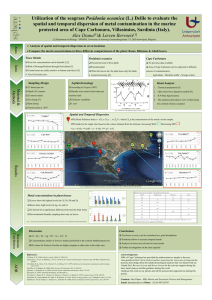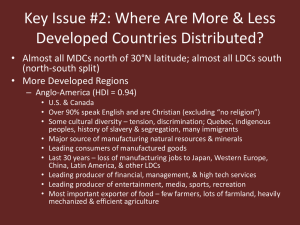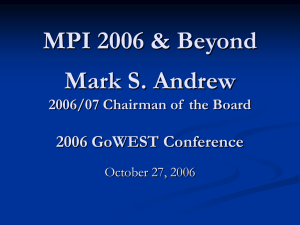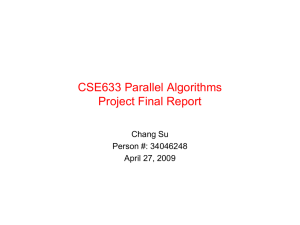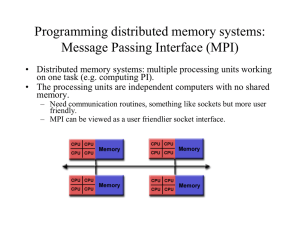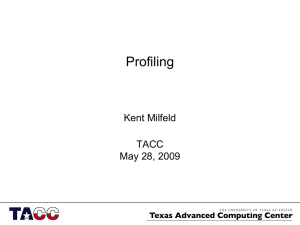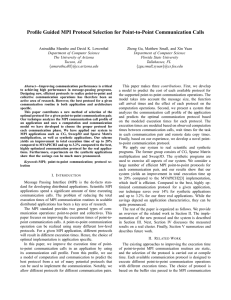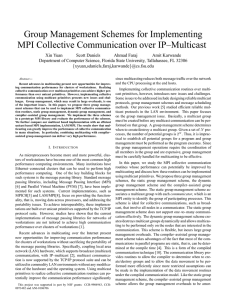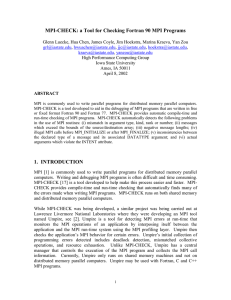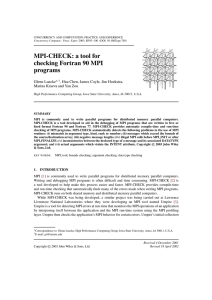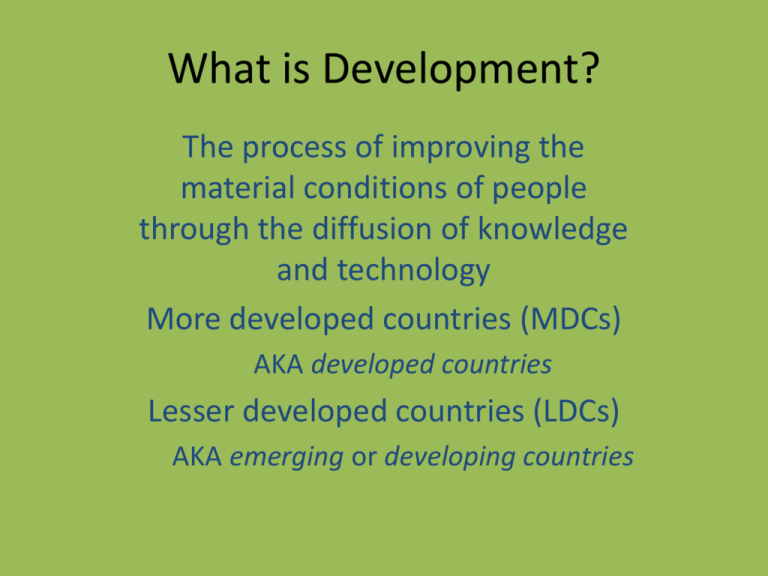
What is Development?
The process of improving the
material conditions of people
through the diffusion of knowledge
and technology
More developed countries (MDCs)
AKA developed countries
Lesser developed countries (LDCs)
AKA emerging or developing countries
• Economic indicators
of development
– Types of jobs
• Primary sector
• Secondary sector
• Tertiary sector:
Quaternary, Quinary
– Productivity
• Measured by the value
added per capita
• MDCs are more
productive than LDCs
– Consumer goods
How is development measured?
• Social indicators of
development
– Education and
literacy
• The literacy
rate
– Health and
welfare
• Diet (adequate
calories)
• Access to
health care
How is development measured?
• Demographic
indicators of
development
– Life expectancy
• Babies born today in
MDCs have a life
expectancy in the 70s;
babies born in LDCs, in
the 60s
– Other demographic
indicators:
• Infant mortality
• Natural increase
• Crude birth rate
Human Development Index: HDI
http://hdr.undp.org/en/statistics/hdi/
Human Development Index HDI
HDI only includes income from the formal market.
Reported to the government, pay taxes.
Formal Market: Ecuador
Informal Market: Ecuador
HDI does not include income from the informal market. Not reported to the
government, no taxes paid.
Formal Market: Brazil
Informal Market: Brazil
Multidimensional Poverty Index: MPI
http://hdr.undp.org/en/statistics/mpi/
MPI: India
MPI: Sierra Leone
MPI Laos vs. Ukraine
MPI: Ukraine
MPI China
Models of Development
• Development through self-sufficiency
– Characteristics:
• Pace of development = modest
• Distribution of development = even
• Barriers are established to protect local
business
–Three most common barriers = (1) tariffs, (2)
quotas, and (3) restricting the number of
importers
• Two major problems with this approach:
–Inefficient businesses are protected
–A large bureaucracy is developed
Models of Development
Rostow: International Trade Approach
International Trade Approach
Development through international trade
– Examples of international trade approach
• The “four Asian dragons”: Singapore, Hong
Kong, Taiwan, South Korea
• Petroleum-rich Arabian Peninsula states
Semi-Peripheral States
– Three major problems:
• Uneven resource distribution
• Increased dependence on MDCs
• Market decline
International Trade Approach
Models of Economic Development
Wallerstein’s World System Analysis
• Core: High Income
High use of technology
High % of tertiary activities
High levels of Education by the
majority of the population
OECD countries G8
Semi-Periphery: used to be
peripheral states
Increased economic development
BRICS
Periphery: Low Income
Low use of technology
High % of primary activities
Low levels of education by the
majority of the population
Core and Periphery Model:
North South Divide
BRICS: Brazil, Russia, India, China
South Africa added in 2010
G8: Top State economies
Canada, France, Germany, Italy, U.K., U.S.(Core)
Mexico recently admitted (semi-periphery)
BRICS: Semi-Peripheral States
Core-Periphery on a national scale
What is being done to increase development now?
United Nations Millennium Development Goals
Resources
• De Blij, Harm, J. (2010). Human Geography People, Place and Culture.
Hoboken, NJ: John Wiley & Sons Inc.
•
Domosh, Mona, Neumann, Roderic, Price, Patricia, & Jordan-Bychkov,
2010. The Human Mosaic, A Cultural Approach to Human Geography. New
York: W.H. Freeman and Company.
•
Fellman, Jerome, D., Getis, Arthur, & Getis, Judith, 2010. Human
Geography, Landscapes of Human Activities. Boston, MA: McGraw-Hill
Higher Education.
•
Pulsipher, Lydia Mihelic and Alex M. and Pulsipher, 2010. World
Regional Geography, Global Patterns, Local Lives. W.H. Freeman and
Company New York.
•
Rubenstein, James M. (2011). An introduction to human geography The
cultural landscape. Upper Saddle River, NJ: Pearson Prentice Hall.





